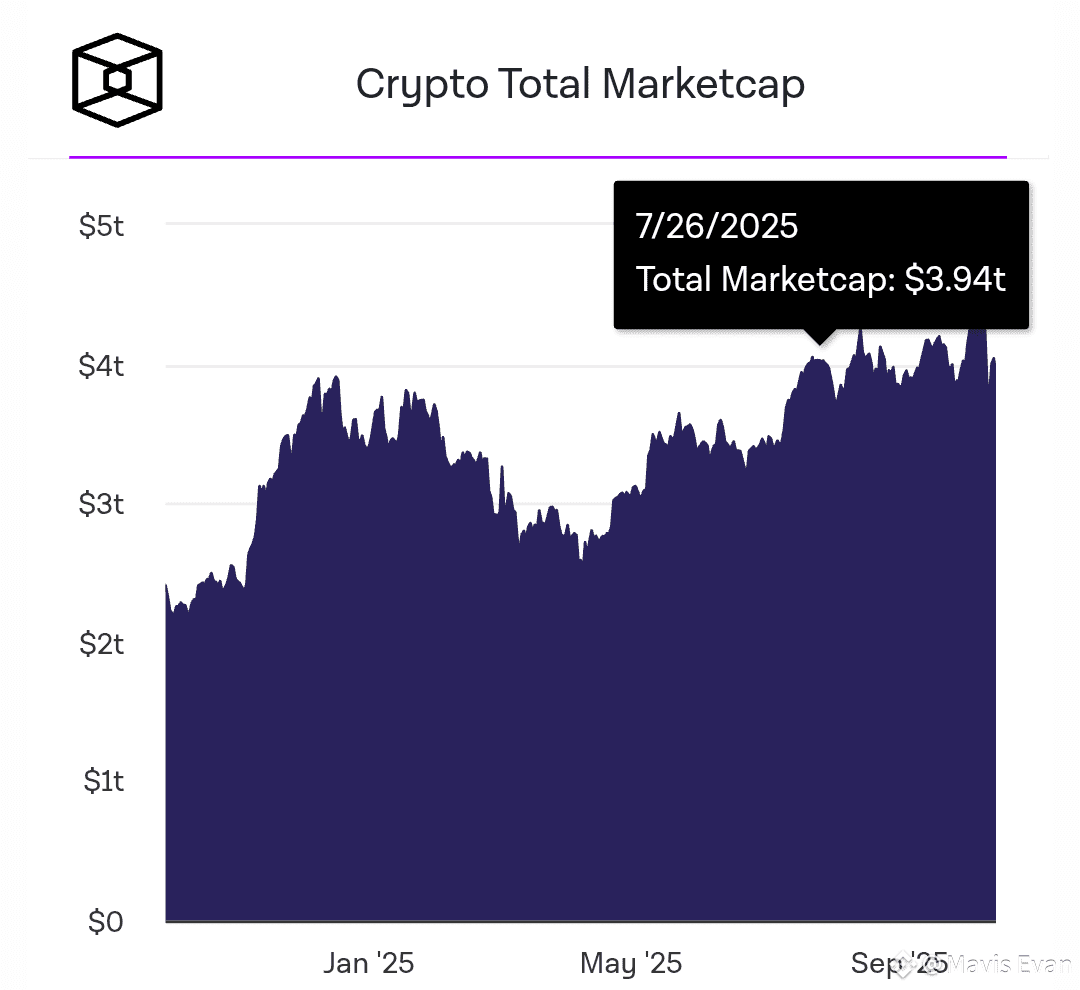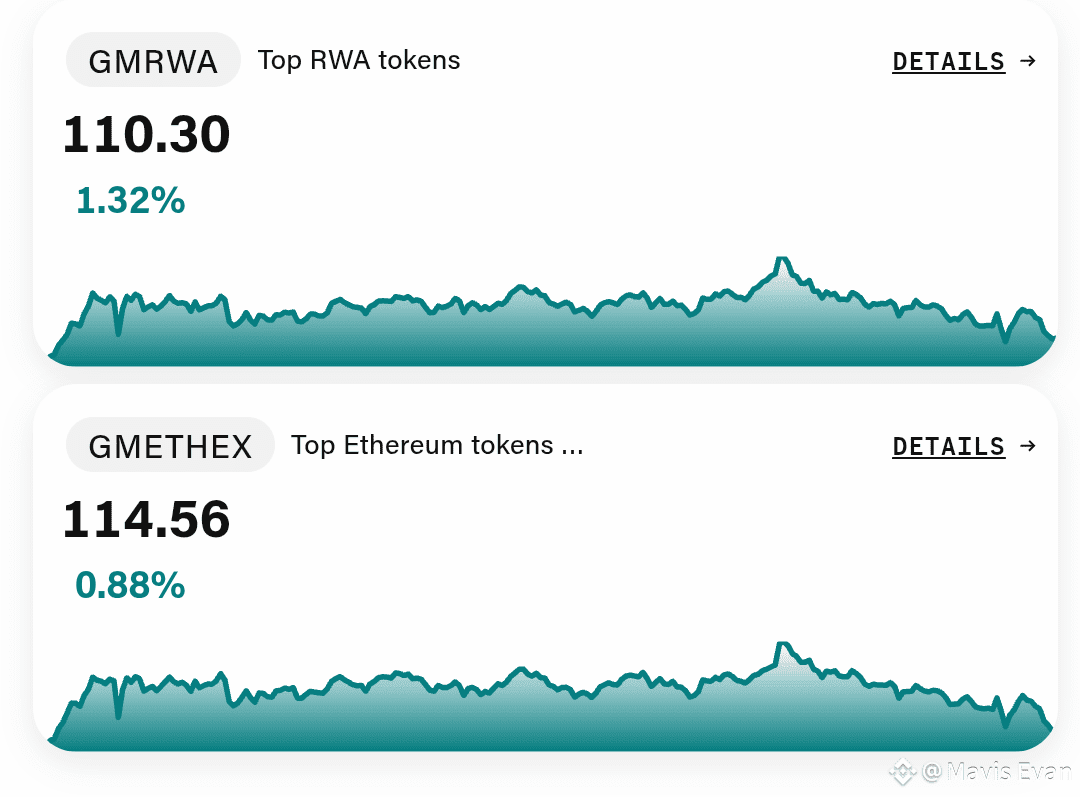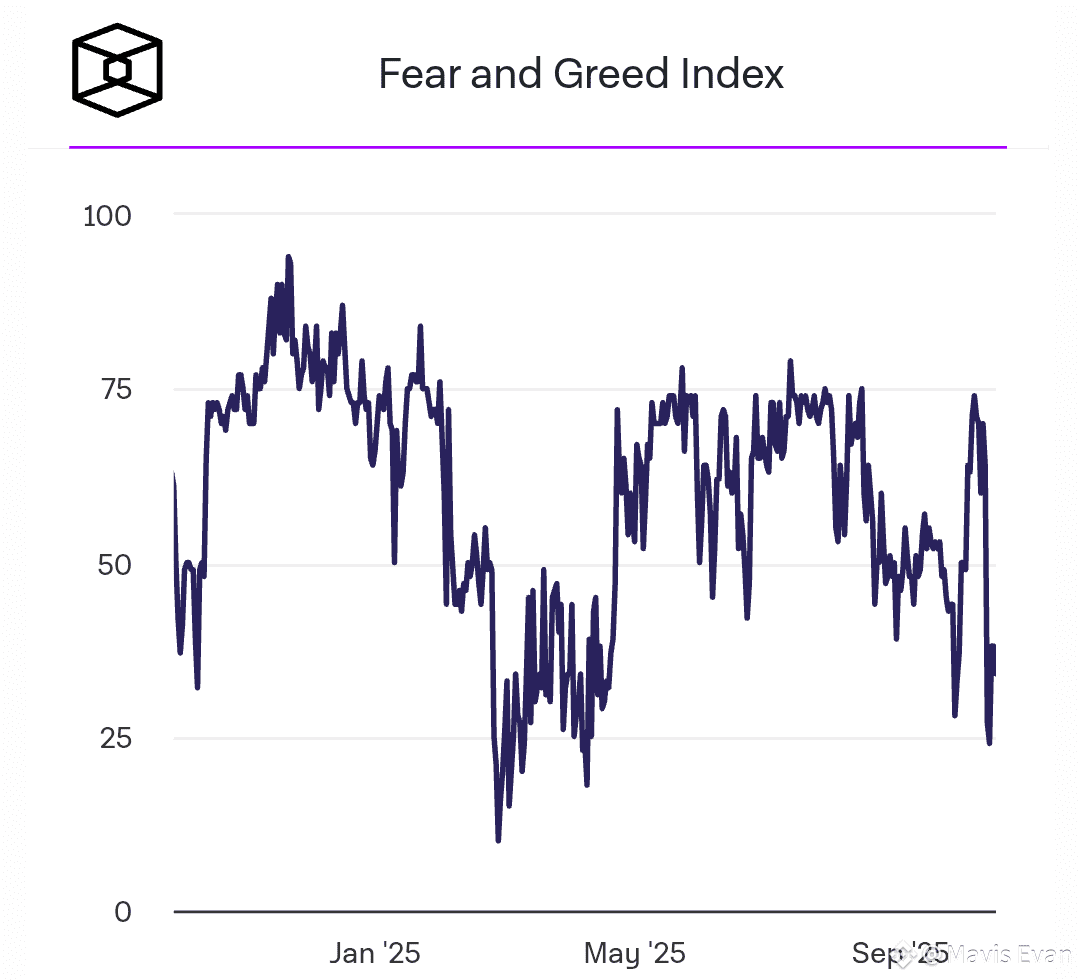The world didn’t end that Friday night but it sure felt like it.
As traditional markets went dark for the weekend, the restless crypto world stayed awake, and in a few violent hours, over half a trillion dollars vanished into thin air. The screens bled red. Charts cracked. Traders held their breath as Bitcoin tumbled, Ethereum gasped, and hope itself flickered like a dying candle in a storm.
The Domino Fall
It started with a sentence one from President Trump, announcing a 100% tariff on imports from China. That single spark ignited a global panic. Within minutes, exchanges were flooded with sell orders, leverage chains snapped, and digital fortunes evaporated.

Liquidations crossed $10 billion, then $20 billion, then who could count anymore? Some called it the biggest purge in crypto history. What made it worse wasn’t just the numbers it was the silence that followed. No Wall Street safety net, no closing bell. Just endless, merciless trading in a market that never sleeps.
The Hidden Trap
Analyst Nic Puckrin called it a “toxic cocktail.” He wasn’t wrong.
The new age of crypto filled with spot ETFs, big banks, and institutional players had given traders a false sense of calm. But under the glossy surface, leverage was stacked like dynamite. And when the spark hit, even those in profit got wiped out by auto-deleveraging, a system that closes positions when volatility spirals.
It was brutal and mechanical. Traders didn’t just lose trades; they lost control.

The Whales Stirred
Lucas Kiely, a veteran of many storms, said it best: “Reading this market is like reading tea leaves in a hurricane.”
He warned that whales now control so much liquidity that when they move, the tides follow. Their sell-offs can trigger chain reactions each liquidation feeding the next, until everything collapses into itself.
And yet, amid the chaos, something began to change. As the dust settled, Bitcoin clawed back above $114,000, Ethereum found footing near $4,100, and smaller altcoins started to breathe again. It wasn’t recovery it was resilience.
The Market’s Pulse
The Fear & Greed Index plunged to its lowest level since April a signal that fear had peaked. But in crypto, fear isn’t the end. It’s the beginning. It’s the soil where new cycles grow.
Analysts like Puckrin called it a reset a brutal cleansing of excess leverage. The weak hands were gone, the noise reduced, and the battlefield cleared for those who could still stand.
The Road Ahead
Yes, the scars are fresh. Bitcoin faces new resistance, traders are wary, and volatility still haunts the charts. But something powerful lingers in the aftermath a reminder that crypto isn’t for the faint of heart.

Kevin Lee from Gate said it clearly: “The Fed’s rate cut at the end of October could turn the tide.” He believes the shift toward lower interest rates, combined with institutional inflows and shrinking on-chain supply, will eventually tilt the scales back in favor of bulls.
Even the skeptics, like Wharton’s Jeremy Siegel, admit that crypto has its place in the long game. It may not yet be the perfect hedge against chaos, but it’s becoming the mirror of human ambition—a place where risk, faith, and innovation collide.
After the Storm
The weekend crash wasn’t just a chart event. It was a wake-up call a reminder that freedom comes with fear, and progress always carries pain. The same volatility that breaks weak hands also builds strong conviction.
The market will rise again. It always does.
Because crypto, at its core, is more than code or price it’s the heartbeat of a new financial world, one that refuses to sleep, submit, or stop dreaming.
When the lights go out and the charts fall silent, one truth remains:
This is the revolution, and revolutions are never calm.
#PowellRemarks #BinanceHODLerYB #BinanceHODLerENSO #EULBinanceHODLer #GoldHitsRecordHigh